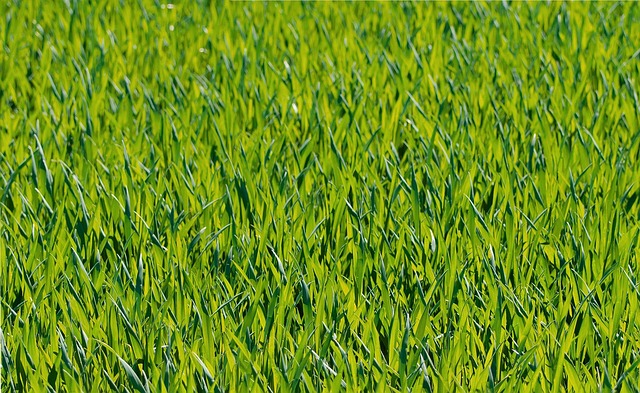In Castle Pines, understanding utility easement regulations is crucial for effective vegetation management. Companies like Colorado Springs Utilities and Xcel Energy require clear access to maintain infrastructure on or near private properties, with specific guidelines on vegetation growth. Professionals assess lawn health through color, texture, and density analysis, focusing on clear lines between vegetation and underground utilities. They also address common issues like pest infestations and improper watering practices. Effective management involves identifying native species for preservation, controlling invasive plants, performing regular inspections, and employing targeted strategies based on area size. Proper irrigation and maintenance promote healthy turfgrasses while minimizing weed vigor.
Professional evaluation of lawn plants and vegetation management is crucial for maintaining optimal conditions in utility easements. This article delves into the essential practices tailored for Castle Pines, focusing on understanding utility easements’ unique needs and effective strategies for vegetation control. By assessing the lawn and identifying potential issues, we explore sustainable methods to manage flora, ensuring balance between natural growth and infrastructure requirements. Effective vegetation management in these areas enhances aesthetics and prevents future challenges.
- Understanding Utility Easements and Their Vegetation Management Needs
- Assessing the Lawn and Identifying Potential Issues
- Effective Strategies for Vegetation Control in Castle Pines' Easements
Understanding Utility Easements and Their Vegetation Management Needs

In Castle Pines and surrounding areas, understanding utility easements is crucial for effective vegetation management. Utility easements are access rights granted to companies like Colorado Springs Utilities or Xcel Energy to maintain and operate infrastructure beneath or adjacent to private properties. These easements often include specific guidelines regarding vegetation growth, ensuring clear lines of sight and easy access for maintenance vehicles. Proper vegetation management in these areas is not just a legal requirement but also vital for the safety and efficiency of critical services like electricity, gas, and water supply.
When it comes to vegetation management for utility easements, Castle Pines residents must be aware that certain plants and their growth patterns can interfere with these essential services. For instance, trees with low branches or dense foliage close to power lines can pose a safety hazard. Professionals engaged in lawn plant evaluations should advise property owners about suitable plants that thrive in the local climate yet do not encroach upon easements, fostering a harmonious relationship between lush landscaping and responsible utility management.
Assessing the Lawn and Identifying Potential Issues

When evaluating a lawn, professionals start by thoroughly assessing the overall health and appearance of the grass. This involves inspecting factors like color, texture, and density to identify any anomalies that could indicate stress or disease. In Vegetation management for utility easements in Castle Pines, maintaining clear lines between the lawn and infrastructure is crucial. Professionals carefully check for vegetation encroachment on power lines, water pipes, or other utilities, ensuring safe clearance according to industry standards.
By getting up close and personal with the lawn, experts can also detect common issues like pest infestations, nutrient deficiencies, or improper watering practices. Uneven growth patterns, discolored patches, or signs of insect damage are all red flags that require further investigation. Addressing these potential problems early on is key to maintaining a lush, healthy lawn in Castle Pines, ensuring both aesthetic appeal and the safety of underground utilities.
Effective Strategies for Vegetation Control in Castle Pines' Easements

In Castle Pines, effective vegetation control in utility easements is crucial for maintaining a healthy and safe landscape. The first step involves identifying and categorizing the types of vegetation present, considering both native species that may require preservation and invasive plants that can cause significant damage to infrastructure. Regular inspections are essential to monitor growth patterns and ensure early detection of problematic vegetation.
Once identified, implement targeted control strategies. For smaller areas, manual removal or selective herbicide applications can be effective. However, for larger easements, mechanical methods like mowing or mulching might be more suitable. Additionally, establishing a competitive grass mixture can help suppress unwanted plants. Proper irrigation and maintenance practices play a significant role in vegetation management, as well, by promoting the health of desired turfgrasses while reducing the vigor of weeds.
In conclusion, proper vegetation management for utility easements in Castle Pines is essential for maintaining a safe and efficient infrastructure network. By understanding the unique needs of these areas and implementing effective control strategies, professionals can ensure the longevity and functionality of critical services. Regular assessments and tailored solutions are key to preserving the balance between lush landscapes and robust utilities.
